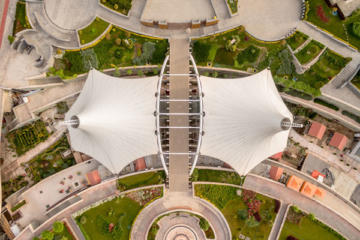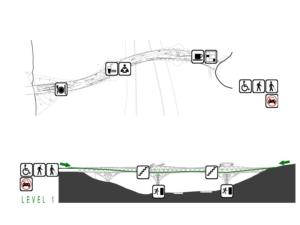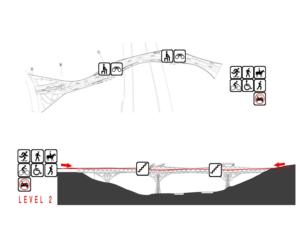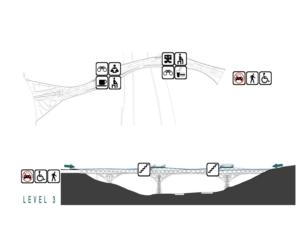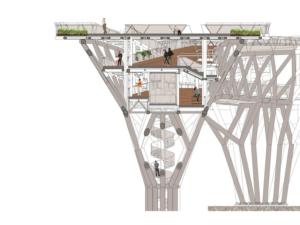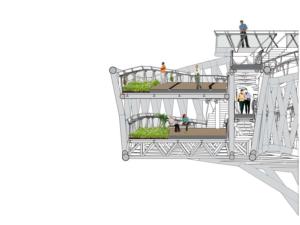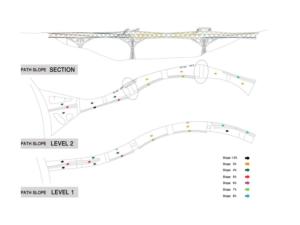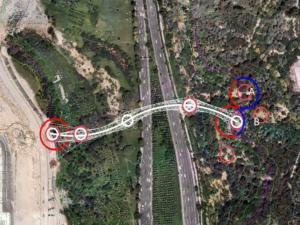Diba Tensile Arcitecure
طراحی پل طبیعت تهران
پل طبیعت تهران، یک پل پیاده بر فراز بزرگراه مدرس در اراضی عباس آباد و بزرگترین پل غیر خودرویی کشور است؛ که طراحی آن توسط گروه دیبا با عوامل کلیدی اصلی لیلا عراقیان، سحر یاسایی و علیرضا بهزادی انجام پذیرفت.
این پل به منظور اتصال کاربریهای پیادهی پارک آب و آتش در غرب به پارک طالقانی در شرق، که توسط بزرگراه مدرس از هم جدا شدهاند طراحی شد. پل طبیعت دو طبقه اصلی دارد و بر روی دو ستونِ درختی شکل در دو سمت بزرگراه یک طبقه دیگر به آن افزوده می شود. اراضی عباس آباد زمینهایی به مساحت ۵۵۹ هکتار بین منطقه ۳ و ۶ تهران است که کاربری آنها به فضاهای سبز تفریحی و فرهنگی مانند بوستانها، کتابخانه و باغ موزه اختصاص داده شده است.
طراحی پل طبیعت نتیجه یک مسابقه دو مرحلهای است که در سال ۱۳۸۷ از طرف شرکت نوسازی عباس آباد مطرح و طراحی شرکت سازه های پارچه ای دیبا به عنوان طرح برنده برگزیده شد؛ و از پاییز ۱۳۸۸ طراحی نهایی آن به همراه محاسبات و تحلیلهای سازهای آغاز شد. ساخت این پل از پاییز ۱۳۸۹ آغاز و در پاییز ۱۳۹۳ پایان یافت.
پس از افتتاح پل طبیعت تهران، این پل به سرعت به یک فضای جمعی شهری تبدیل شد و مورد استقبال عموم قرار گرفت. در سال ۲۰۱۶ میلادی، شرکت سازه های پارچه ای دیبا موفق به دریافت جایزه معماری آقاخان به خاطر طراحی پل طبيعت شد.
پل طبیعت تهران با طول ۲۷۰ متر، بهعنوان حلقهی ارتباطی پیاده میان دو عرصهی طبیعی شهر بنا نهاده شده است. علی رغم رویکرد رایج در طراحی پلها با عملکرد صرفا عبوری، این پل فضایی برای حضور، مکث و دوام افراد است. به این منظور فضاهایی برای نشستن، فضاهای سبز و پوشش گیاهی و نیز رستورانها و کافههایی در سطوح مختلف آن طراحی و تعبیه شده است تا از این طریق میزان ماندگاری و دوام حضور افراد در فضا را افزایش دهد.
طراحی پل طبیعت تهران به صورت یک مسیر منحنی با تنوعی از عرض و شیبهای مختلف میباشد که با کاستن از سرعت افراد آنها را به مکث و کشف رمز فضا جهت یافتن مسیر و مقصد ترغیب مینماید. از سوی دیگر با توجه به غنای پوشش گیاهی در بستر طراحی پل، حداکثر میزان تلاش برای کاستن از اثر این سازه بر زمینهی طبیعی با به حداقل رساندن تعداد پایهها و جانمایی صحیح آنها صورت پذیرفته است.
طراحی سازه پل طبیعت با هدف ایجاد یک تراس سه بعدی فلزی پویا بود که با در بر داشتن دو سکوی پیوستهی مستقر بر سه پایه، فضای معماری را ایجاد نموده است که مولد حضور پذیری و تعاملات اجتماعی است. کلیهی سطوح مختلف فضایی تعبیه شده در پل از طریق پله یا رمپ، ضامن فراهم نمودن امکان اتصال و ارتباط، به خلق مسیرهای متعدد انجامیده است که هر یک تجربه ای متمایز برای افراد فراهم میکند.
فرایند ساخت پل طبيعت با استفاده از لولههای فلزی صورت پذیرفته است که با چالش های فراوان در ارتفاع ۴۰ متری یک بزرگراه شهری بهم جوش و اتصال داده شدهاند. خلق این سازهی چالش برانگیز در ایران بیسابقه بوده و بر خلاف تمامی پلها که با نقش عبوری طراحی و ساخته میشوند، پل طبیعت آن چنان که از نام آن بر میآید، به عنوان یک فضای شهری پویا و سرزنده، خود بهعنوان یک مقصد شهری نقش آفرینی میکند که به عنوان یک فضای شهری به صورت آزادانه تمامی اقشار قادر به بهرهمندی از آن هستند.
پل طبیعت بر محوریت پنج ایده اصلی طراحی شد
پل به مثابه فضایی برای ماندن
بر خلاف تعبیر معمول از پل که معبریست برای رسیدن از نقطهای به نقطه دیگر، این پل از ابتدا به عنوان فضایی برای ماندن طراحی شد. وقتی پل دو پارک تفریحی را به هم وصل میکند، خود نیز میتواند یک فضای تفریحی و ادامهای از هر دو پارک باشد. با ایجاد فضای سبز، فضای نشستن یا عملکردهای تفریحی دیگر مانند رستوران و کافه، هر دو پارک روی پل طبیعت ادامه مییابند و به عبارت دیگر در هم حل میشوند و بهانه کافی برای ماندن کاربرها روی آن ایجاد میکنند.
پل و اتصال چندین نقطه
علیرغم اینکه در طرح جامع اراضی عباسآباد قرار بود یک نقطه از هر پارک به نقطه دیگر وصل شود، اما یکی از ایدههای اصلی این بود که پل نباید تنها مانند یک پاره خط دو نقطه را به هم متصل کند بلکه میتواند در هر سمت به چندین شاخه منشعب شود و چند نقطه از یک سمت را به چندین نقطه در سمت دیگر مرتبط سازد. با توجه به اینکه هر دو پارک به صورت شمالی- جنوبی در دو طرف بزرگراه قرار گرفتهاند، این امکان را ایجاد میشود که پل تا نقاط دورتر، حتی تا ورودیهای هر دو پارک گسترش یابد.
در پارک طالقانی در شرق مسیرهایی از پل منشعب میشوند که کم کم به مسیرهای موجود در پارک و ورودیها ختم میشوند. در نقطهای که پل طبيعت به پارک آب و آتش متصل میشود، سطح اصلی تا حدود ۵۵ متر در عرض گشایش پیدا میکند و تبدیل به یک میدان ورودی میشود که در سه نقطه به منظور حفظ درختان موجود در سایت بازشدگیهایی دارد. این میدان به گونهایست که پل را در پارک حل کرده و جایی که سطح زمین تمام میشود و پل آغاز میگردد تقریبا نامشخص است. در طبقه پایین هم مانند سمت شرقی مسیرهایی از پل منشعب شده و به نقاط دیگری در پارک میرسند.
طراحی پل طبیعت به صورت ترکیبی از چند منحنی
پل یا هر مسیری که بر روی یک خط مستقیم طراحی شود، ایجاد پرسپکتیو یک نقطهای میکند که فقط رفتن را القا مینماید؛ زیرا از ابتدای مسیر تا انتهای آن قابل رویت است. اینجا چون قراراست پل، خود فضا و محلی برای ماندن باشد، باید به جای یک خط مستقیم به صورت یک مسیر غیر خطی یا ترکیبی از چند مسیر طراحی شود. طراحی پل به صورت ترکیبی از چند منحنی موجب شد که مناظری که به چشم ناظر میآید بینهایت باشد. در این طرح، از آنجایی که انتهای مسیر مشخص نیست، کاربر به جای رفتن، سرعتش را کم میکند و به گشت و گذار و تفحص تشویق میشود.
حفاظت از درختان
از آنجایی که در هر دو سمت پل، به خصوص در سمت پارک طالقانی، درختان زیادی وجود دارند، تلاش بر این بود که نقاطی که کمترین درخت را دارند برای محل ستونها و نقاط ابتدا و انتهای پل انتخاب شوند، همچنین تعداد ستونها و نقطه اتکاشان روی زمین به کمترین تعداد ممکن رسانده شد تا مداخله در طبیعت به حداقل برسد.
فضای معماری انسان گرا
در طراحی این پل، سازه و معماری از یکدیگر مجزا نیستند. با توجه به اینکه دهانههای بزرگ سازه برای باربری و ایستایی، نیاز به ارتفاع زیاد دارند، در این پل ارتفاع سازه به گونهای انتخاب شد که بتواند خود یک فضای معماری و قابل استفاده برای انسان ایجاد کند. این نوع نگاه به سازه باعث شد از ابتدا پل به صورت یک خرپای سه بعدی فلزی با فرمی پویا در دوسطح پیوسته طراحی شود.
این خرپا بر سه ستون با فرم شبیه درخت قرار میگیرد که در این نقاط سازه ارتفاع بیشتری پیدا میکند و به سه طبقه میرسد. طول کل پل در حدود ۲۷۰ مترو دهانههای آن از شرق به غرب به ترتیب ۶۸، ۹۴، ۶۸ و ۳۹ متر میباشند. عرض پل بین ۶ تا ۱۳ متر متغیر است.
مشخصات پروژه پل طبیعت تهران
طول پل: ۲۷۰ متر
مساحت کل سطح بنا: ۷۹۵۰ مترمربع
تاریخ مسابقه: شهریور ماه ۱۳۸۸
مدت طراحی: مهرماه ۱۳۸۸ - آذر ماه ۱۳۸۹
تاریخ اجرا: مهرماه ۱۳۸۹ - مهرماه ۱۳۹۳
تاریخ اتمام: مهرماه ۱۳۹۳
مکان: تهران، اتوبان مدرس، اراضی عباس آباد
نوع ساختمان: پل پیاده، فضای عمومی به همراه رستوران به عنوان فضاهای جنبی
شرکت طراح: سازه های پارچه ای دیبا
مهندسی: شرکت مشاوره و مهندسی مافیس
نظارت: علیرضا بهزادی، نادر نقی پور، پیام گلفشان، عادل محمدی
جوایز پل طبیعت
۱۳۹۶ جایزه بین المللی خوارزمی
۱۳۹۵ جایزه معماری «آقاخان» ۲۰۱۶
۱۳۹۴ جایزه معمار برای فضاهای عمومی، تهران، ایران
۱۳۹۴ جایزه معماری آسیا، استانبول، ترکیه
۱۳۹۴ جایزه نقره ای IPMA برای مدیریت پروژه، پاناما
۱۳۹۴ جایزه MEIDAA در بخش پروژه های عمومی و شهری خاورمیانه، دوبی، امارت متحده عربی
۱۳۹۴ جایزه Architizer A+ در بخش پل و بزرگراه ها، نیویورک، ایالت متحده امریکا
۱۳۹۳ برترین پل شهری در چهارمین کنفرانس بین المللی پل در دانشگاه امیرکبیر، تهران
۱۳۹۳ برنده خشت طلایی در فضاهای گردشگری و تفریحی در روز جهانی شهرها، تهران، ایران
۱۳۹۲ برترین سازه فولادی کشور در بخش پل در چهارمین کنفرانس فولاد و سازه، تهران، ایران
هندسه پل
تلاش بر این بود که تا حدی یک نظم هندسی در فرم به ظاهر اورگانیک طرح پل طبیعت ایجاد شود. به عنوان مثال محور اصلی کل کار تبدیل شد به سه منحنی که هر یک بخشی از دایره هستند و تیرهای هر دو سطح پل شعاعهای این قوسها میباشند. ستون ها درنقاط تغییر این منحنیها قراردارند.
فرم درختی ستونها با کمی تغییر و فرم سینوسی نمای خرپا مانند طرح ارائه شده در مرحله دوم مسابقه حفظ شد. در پلان نیز حرکت سینوسی در المان بالایی خرپا وجود دارد و سطح دوم هم که سطح اصلی حرکتی پل است پهن و باریک میشود. ولی المانهای زیرین دو خط موازی هستند، به این ترتیب بدنه اصلی خرپا سطحی دو قوسی پیدا میکند که پویایی سه بعدی سازه را افزایش میدهد.
هندسه نهایی پل طبیعت حاصل ماهها رفت و برگشت و همکاری نزدیک گروه سازه و معماری است. قطر لولهها به گونهای انتخاب شد که هم به لحاظ سازهای پاسخگو باشد و هم به لحاظ معماری مناسب به نظر بیاید. بادقت زیادی که گروه سازه داشتند و برای هرچه سبکتر شدن پل، لولهها علیرغم داشتن قطر بیرونی یکسان، براساس تنشی که هریک از المانها تحمل میکند ضخامتی متغیر دارند، که این مسئله از ظاهر بیرونی لولهها قابل تشخیص نیست.
معماری و طراحی پل طبیعت
ابتدا پل طبیعت در دو سطح طراحی شد و روی ستونها نیز سطح سومی قرار گرفت که هرسه سطح توسط رمپها و پلههایی به یکدیگر متصل میشوند. با توجه به شکل سازه و اختلاف سطح دو نقطه ابتدا و انتهای پل، خود این سطوح نیز دارای شیب های متغیر ملایمی میباشند.
سطح سوم در بالای دو ستون قرار دارد و فضایی برای ماندن است. سطح دوم پل سطحی است که از سمت شرق هم سطح پارک طالقانی و از سمت غرب هم سطح پارک آب و آتش است. این سطح بیشتر مسیر حرکتی افراد پیاده، دوچرخه و کالسکه است. در نقاطی که عرض پل در اثر حرکت سینوسی در دو طرف بیشتر میشود در لبهها امکان ایجاد فضاهای سبز و نشستن وجود دارد. لذا در این سطح هر دو عملکرد اتفاق میافتد. ولی عملکرد حرکتی غالب است. زیرترین سطح نیز از هر دو پارک (طالقانی و آب وآتش) دو ورودی دارد. یکی از تراز هم سطح با خودش و یکی توسط رمپهایی که همتراز با سطح دوم شروع میشوند. لذا از دو تراز میتوان وارد این سطح شد. در این سطح در سمت پارک طالقانی یک کافی شاپ گالری و در سمت پارک آب و آتش نیز یک رستوران کوچک طراحی شده است. در کل این طبقه بیشتر شامل فضاهایی است که بیشتر برای ماندن هستند ولی مسیری نیز در وسط به محور حرکتی اختصاص داده شده است.
در نقطهای که پل به پارک آب و آتش وصل میشود سطح اصلی تا حدود ۴۰ متر در عرض گشایش پیدا میکند و تبدیل به یک میدان ورودی میشود که در سه نقطه به منظور حفظ درختان موجود در سایت باز شدگیهایی در این سطح ایجاد شده است. ورودی از سمت پارک طالقانی به خاطر شیب زیاد زمین، شامل یک سری پله است که از مرتفعترین نقطه پارک، از لابلای درختان پایین میآید و به پل میرسد. مسیرهایی که در مرحله اول مسابقه بالاتر از سطح زمین در لابلای درختان طراحی شده بود، تبدیل شد به مسیرهایی که روی خطوط توپوگرافی زمین هستند و همچنان نقاط کلیدی دسترسی اطراف را به پل وصل میکنند و درنقاطی به مسیرهای موجود پارک وصل میشوند.
به این ترتیب این مسیرها می توانند با حداقل هزینه و زمان ساخته شوند و همچنان ایده اتصال پل به نقاط اطراف پارک را نیز پاسخگو باشند. پل طبیعت این امکان را به گروه زیادی از بازدید کنندگان هر دو پارک میدهد که در حین رفتن از یک پارک به پارک دیگر، بتوانند از مناظر و فضایی لذت ببرند که در کمتر جایی در شهر میتوان آن را تجربه کرد. فضایی که پیشتر فقط در حین رانندگی و در پایین ترین نقطه قابل دیدن بود، و نه تجربه کردن.
سازه پل طبیعت
همزمان با طراحی سازه که به موازات و طی فرایند رفت و برگشتی با طراحی معماری انجام شد، اندازهی قطر لولهها به حداقل رسید و به همین صورت هندسهی کلی پل، شیب سطوح کف، المانهای سازهای کف و قطر و هندسهی ستونها هم تدقیق و بهینه شد. در طراحی سازه توجه زیادی به آسایش عابرین پیاده شده است و برای اینکه عابرین پیاده هنگام حرکت بر روی پل احساس آرامش بیشتری داشته باشند، سعی شده است با بررسی دوره تناوب طبیعی سازه پل و پاسخ حرکتی عابرین پیاده از ایجاد پدیدهی تشدید جلوگیری شود.
خرپاهای سازه از لولههای فولادی به قطر تقریبی پنجاه سانتیمتر ساخته شدهاند که در زمان ساخت در محل جوش داده شدهاند. از آنجا که فرم کلی سازه پیوسته می باشد، این مرحله از اهمیت بسیار بالایی برخوردار بوده است، چرا که به واسطهی این پیوستگی هر المان بر روی کل سازه اثر گذار بوده است.
مصالح و متریال مصرفی
اصلیترین مصالح مصرفی در این پل که سازه اصلی آن نیز میباشد، فولاد است. لایههای مختلف کف سازی آن شامل بتن سبک و عایق رطوبتی است که در نهایت سطح آن با چوب کامپوزیت ۱۰۰% قابل بازیافت به نام رزیستا پوشیده شده است و علیرغم ظاهر شبیه چوب، نیاز به فرایند پیچیدهی نگهداری چوب طبیعی را ندارد.
نیمکتها به گونهای طراحی شدهاند که از جنس مصالح کف هستند و در طراحی آن گویی سطح کف امتداد پیدا کرده و در این نقاط تبدیل به نیمکت شده است. هندریلها نیز ترکیبی از فلز و کابل هستند و همرنگ با سازه طراحی شدهاند. در داخل هندریلها نور خطی پیوسته قرار دارد که مسیر حرکت را روشن میکند و بر خوانایی آن میافزاید.
دسترسی به پل و پارکینگ پل طبیعت تهران
دسترسی آسان به پل طبیعت از طریق خطوط مترو تهران فراهم شده است ( خط یک مترو تهران، ایستگاه شهید حقانی). همچنین پارکینگهای بزرگ در پارک طالقانی و پارک آب و آتش تعبیه شده که از طریق اتوبان شهید حقانی (غرب به شرق) برای بازدیدکنندگان قابل دسترسی است.

مکان
تهران
تاریخ
۱۳۹۳
طول پل
۲۷۰ متر
کارفرما
شرکت نوسازی عباس آباد
برچسب ها
جایزه آقاخان, طراحی پل, علیرضا بهزادی, طراحی پل طبیعت , تهران, طراحی و مهندسی
پروژه های مشابه
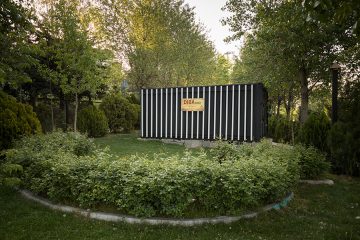
مسیر زندگی ۴۷ کیلومتری تهران
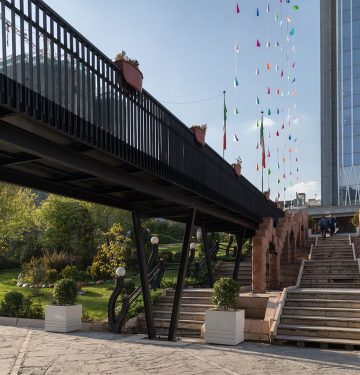
پل ورودی ساختمان شهرداری منطقه 2 تهران
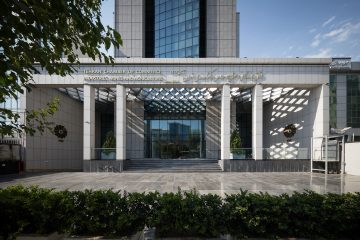
اتاق بازرگانی، صنایع، معادن و کشاورزی تهران
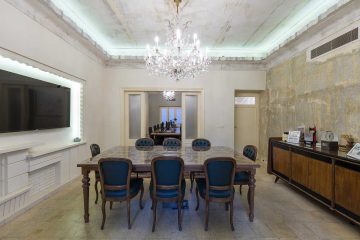
خانه فروتن دیبا
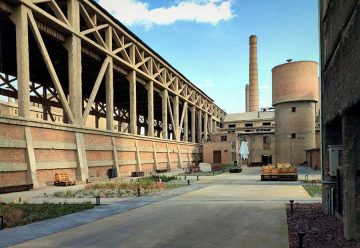
بازآفرینی کارخانه سیمان ری
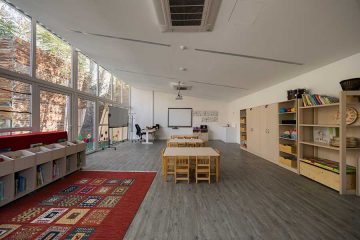
مدرسه سفارت آلمان

مسابقه مجتمع مسکونی Tribe
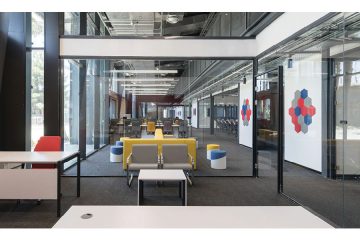
پارک نوآوری و فناوری صنعت نفت “انبار نفت ری”
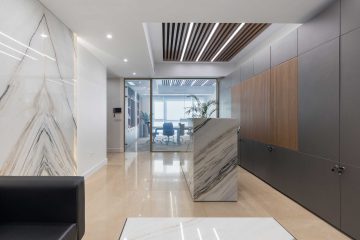
طراحی و اجرای فضای داخلی ساختمان شرکت عالیفرد
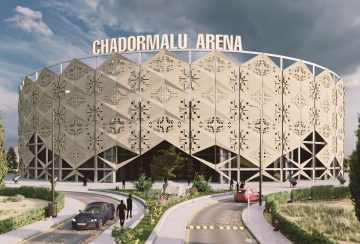
طراحی نمای استادیوم چادرملو اردکان
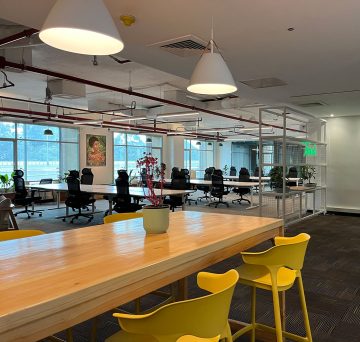
دفتر Tawi

طراحی واحد اداری سایه سمن
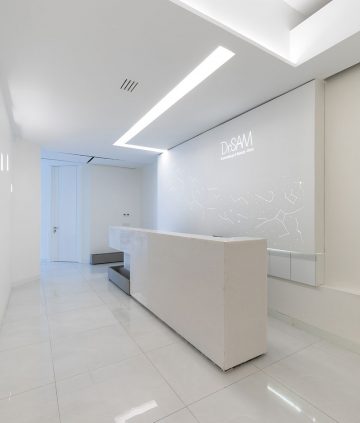
کلینیک دکتر سام
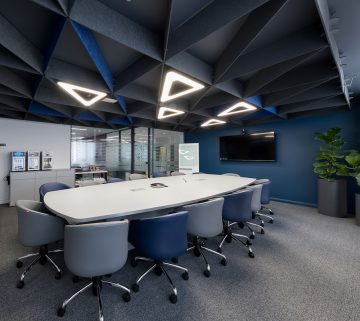
طراحی طبقه 5 واحد اداری مطهری

طراحی مرکز نوآوری بغداد
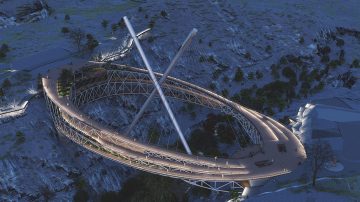
پل طبیعت شاندیز
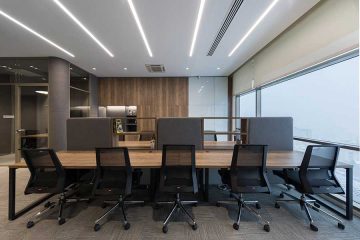
دفتر اداری طبقه 8 شمیران سنتر

طراحی دفتر Light for the World
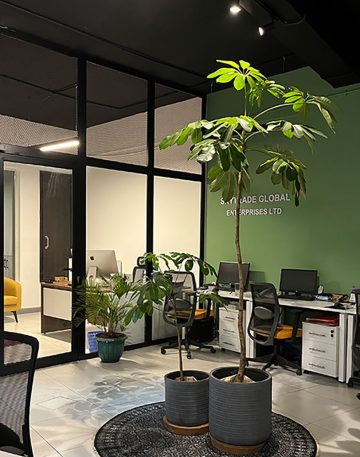
دفتر Sky trade
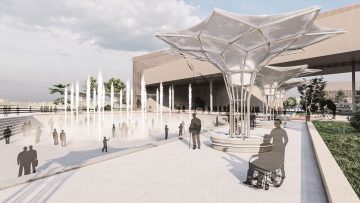
دهکده گردشگری سلامت کاریز بوم یزد

دفتر سرمایه گذاری کران
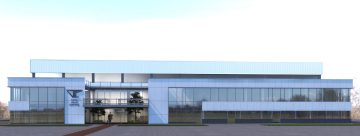
طراحی کارخانه TVC
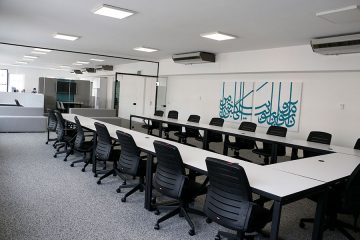
طراحی آکادمی آن سو
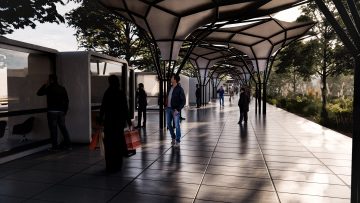
طراحی پیادهراه ولیعصر
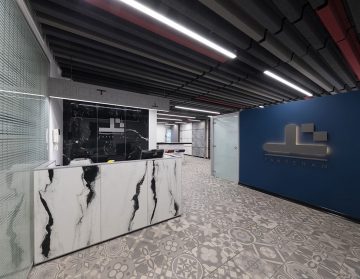
نمایشگاه تکسرام بابک شرقی
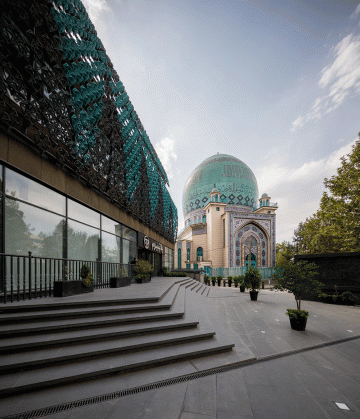
نمای مجتمع تجاری تفریحی پلاتینیوم
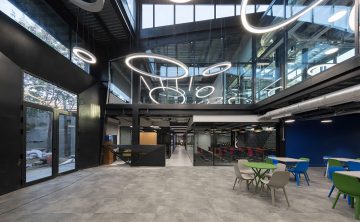
طراحی مرکز فناوری و نوآوری رسا
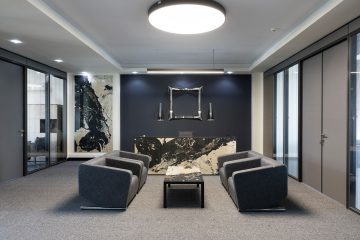
ساختمان اداری و شوروم تکسرام ظفر
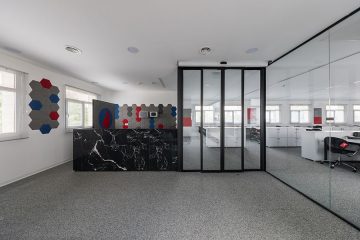
پارک نوآوری و فناوری صنعت نفت “دانشکده صنعت نفت”

ساختمان اداری کارخانه مادیران
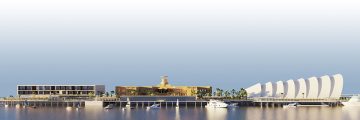
طراحی اسکله تفریحی در بصره
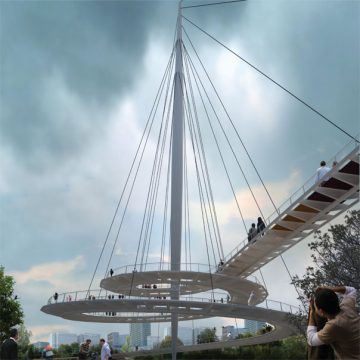
پل عابر پیاده حقانی

مرکز نوآوری ایران در کنیا
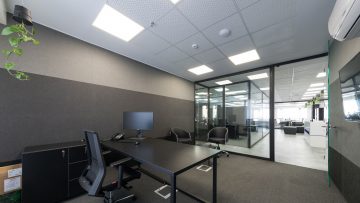
طراحی واحد اداری مطهری
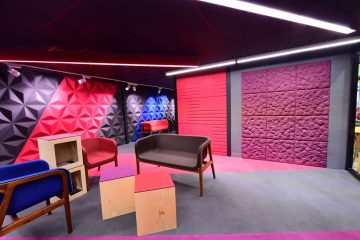
شوروم صنایع فرش و موکت بابل
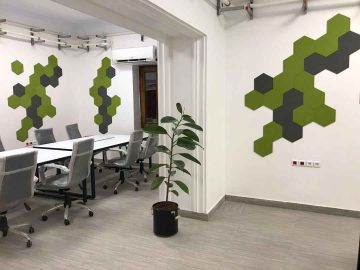
مرکز شتابدهی صادرات ایران
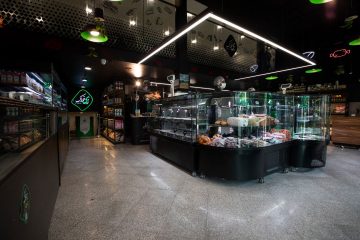
هایپر پروتئین زی خوراک شعبه ستارخان
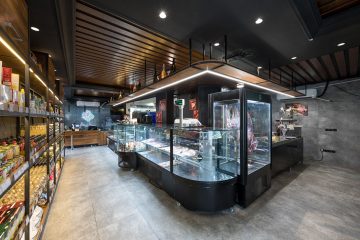
هایپر پروتئین زی خوراک شعبه پونک
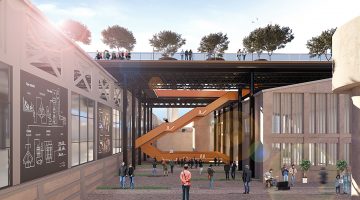
مسابقه بازآفرینی کارخانه سیمان ری
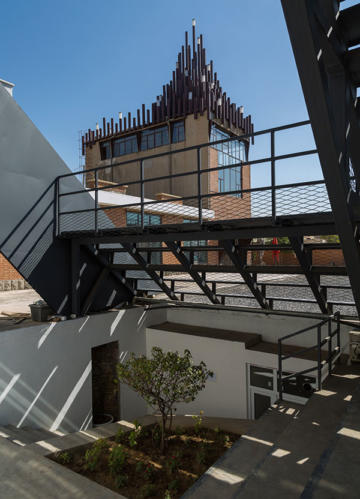
کارخانه نوآوری آزادی

مسابقه طراحی ره باغ نعیم

استودیو نوآوری هفت و هشت دیبا
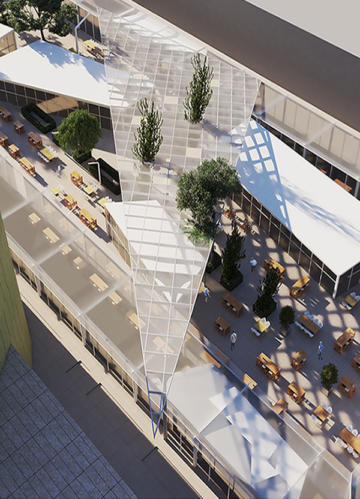
طراحی رستوران R4 ایران مال
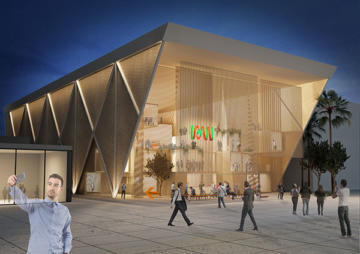
مسابقه محدود طراحی غرفه ایران در اکسپو 2020 دبی
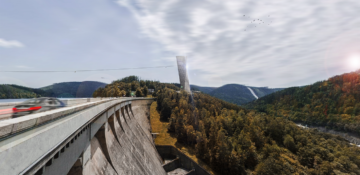
طراحی مرکز اطلاعات توریستی تورینگن
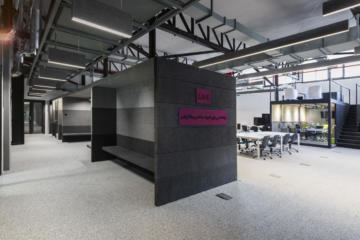
فضای کار اشتراکی زاویه – کارخانه نوآوری آزادی
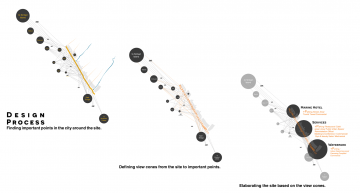
طراحی لبه رود شط العرب در بصره
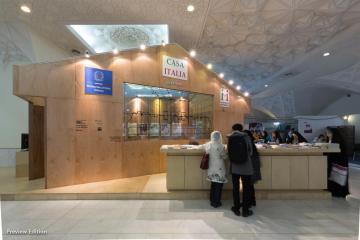
غرفه نمایشگاهی ایتالیا در نمایشگاه کتاب تهران 1397
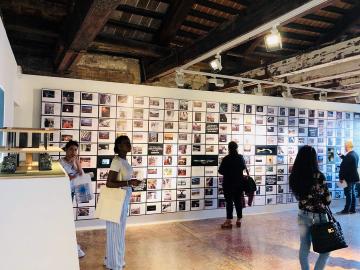
پاویون پل طبیعت در نمایشگاه بینال ونیز
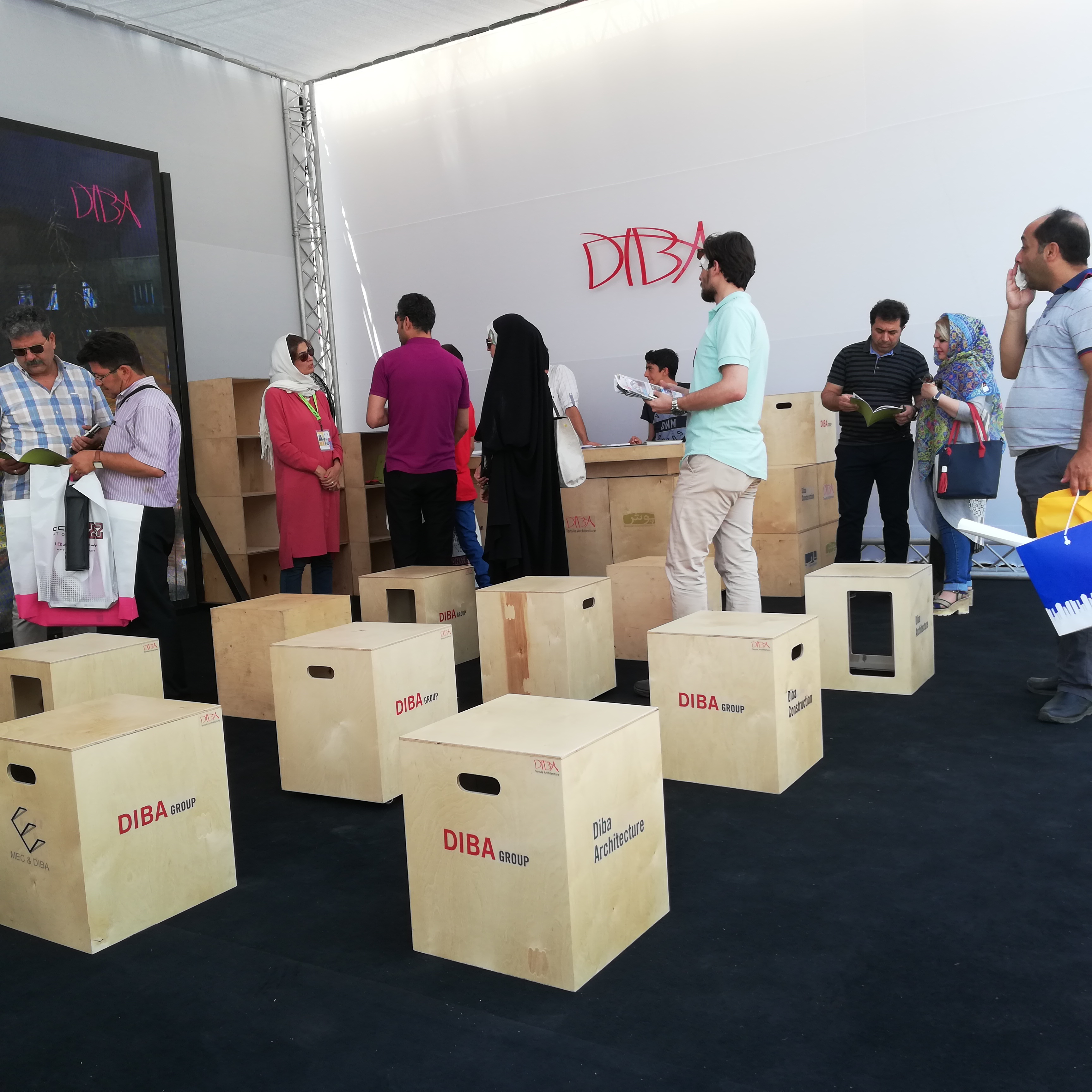
غرفه نمایشگاهی گروه دیبا در نمایشگاه صنعت ساختمان تهران
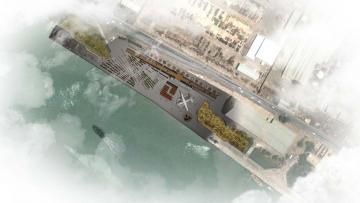
پارک موزه صنعت نفت آبادان
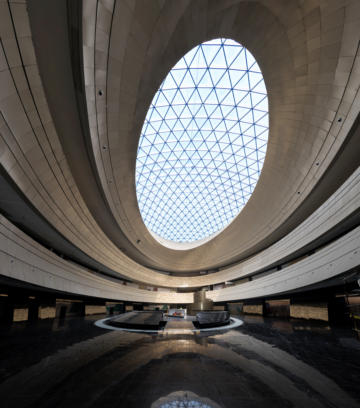
نمای داخلی گالری خودرو ایران مال
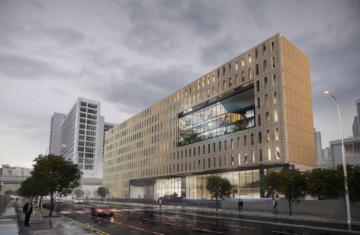
طراحی ساختمان وزارت نفت
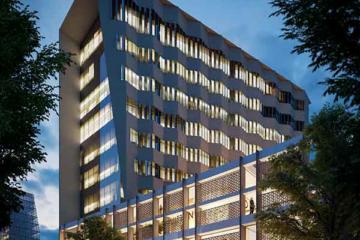
طراحی ساختمان تجاری اداری صبا نفت تهران
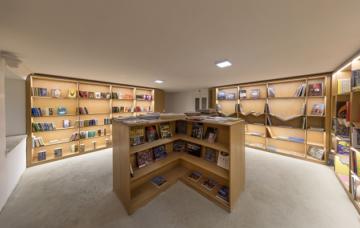
بازسازی خانه وارطان
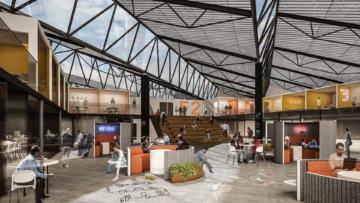
طراحی مرکز نوآوری دانشگاه تهران
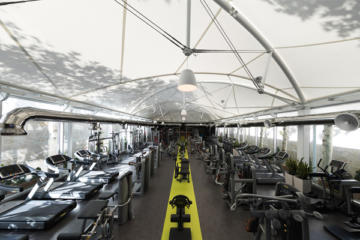
سازه چادری باشگاه ورزشی Fitgym ولنجک
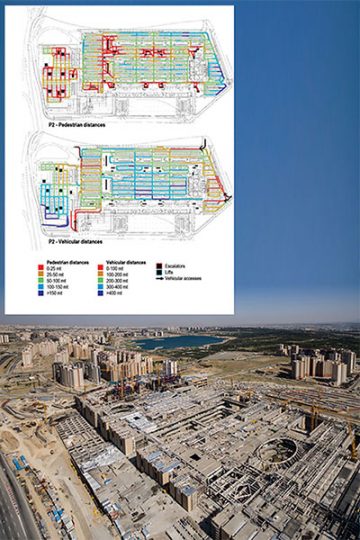
مهندسی ترافیک و آنالیز پارکینگ ایران مال
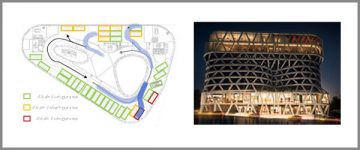
آنالیز پارکینگ آوا سنتر

سازه کابلی باغ پرندگان تهران

کافی شاپ ژیوان
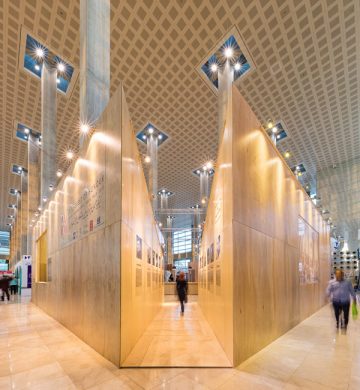
طراحی غرفه ایتالیا در نمایشگاه کتاب 1396
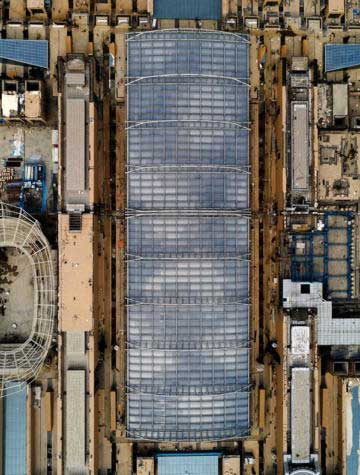
پوشش ETFE سقف باغ ماهان – ایران مال
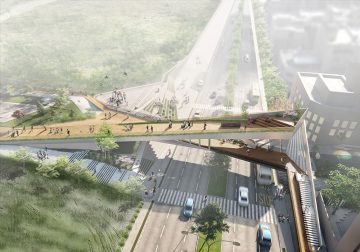
مسابقه طراحی گذر گاندی
